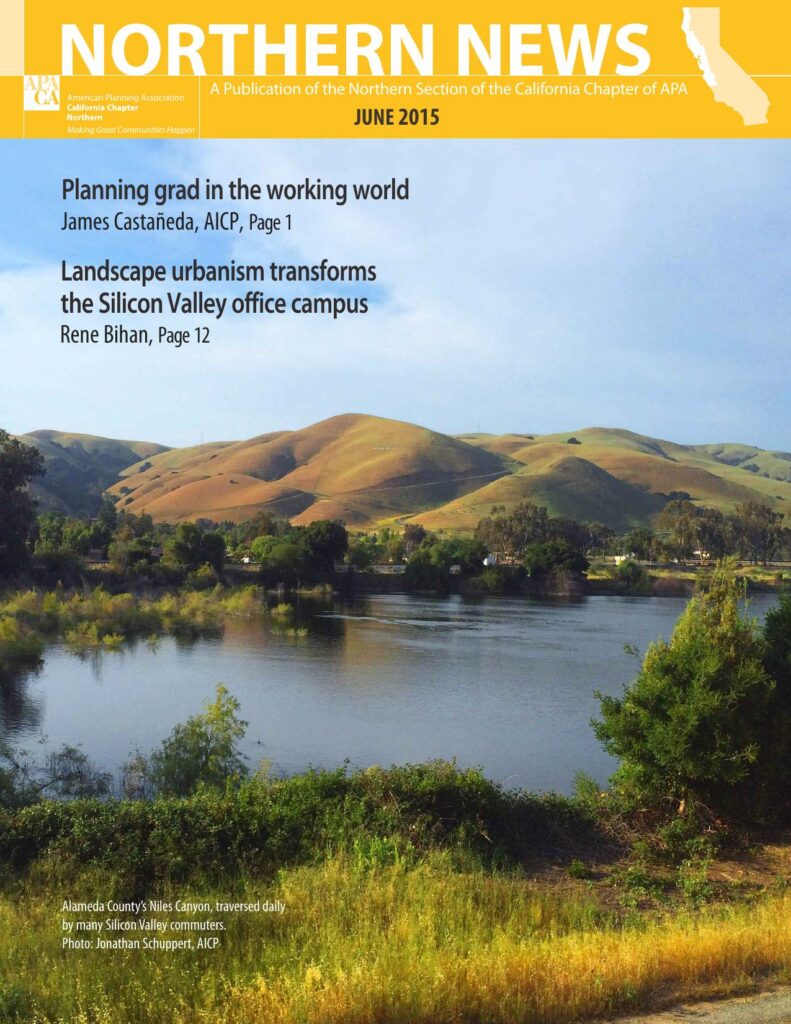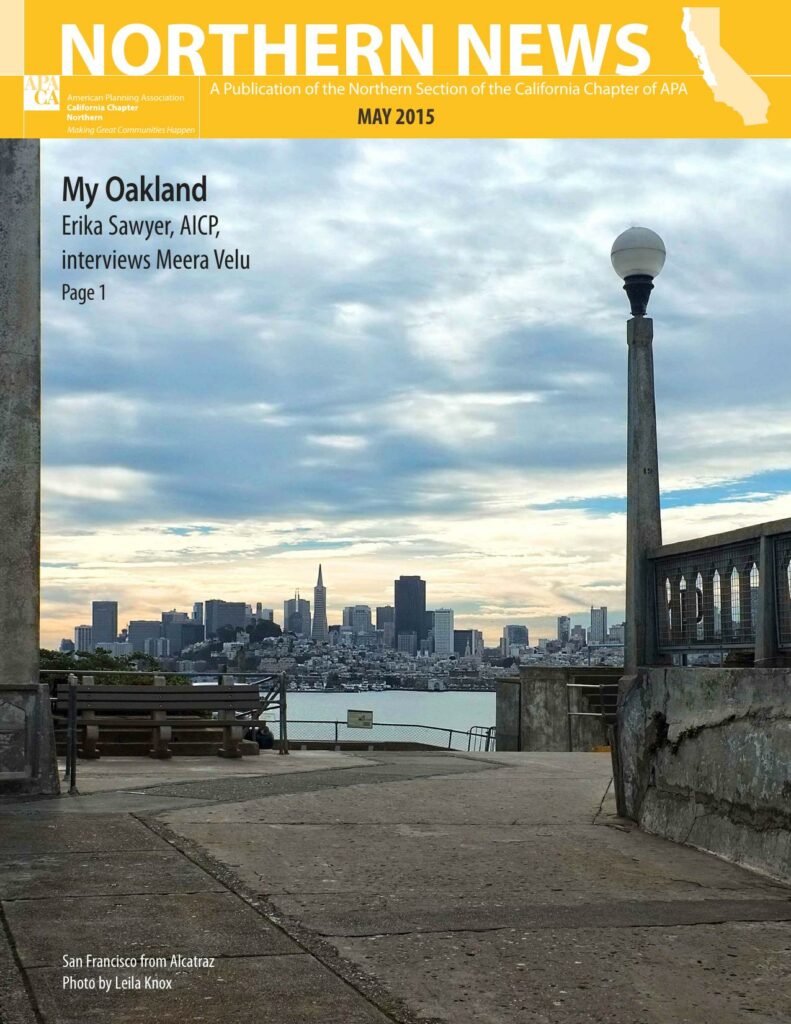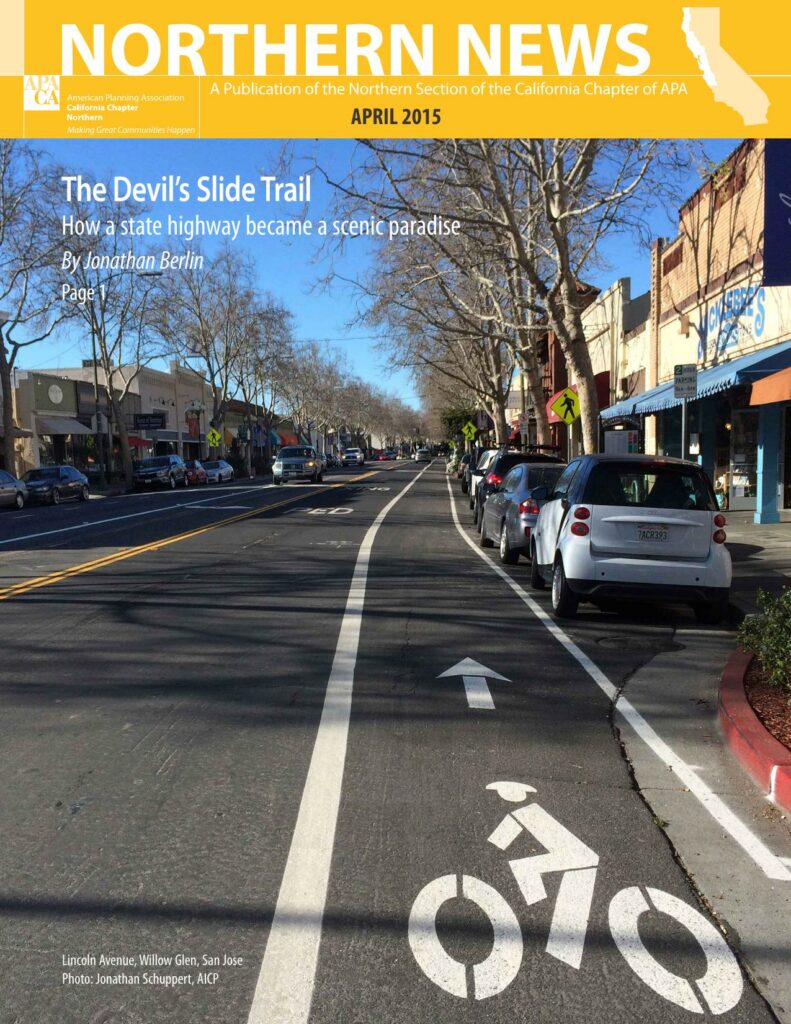Nature in the City — Recent Biophilic Planning Waves and the Deeper River
A recent post in the APA Sustainable Communities Division Newsletter (http://us1.campaign-archive2.com/?u=0a196b8525f96edf44a4b3f53&id=50187e3c1b, e-Bulletin for 05/21/2015) included the following snippets of recent nature-in-the-city resources and events. The larger movement these snippets represent is that of biophilic city planning and design being pioneered by, among others, the Biophilic Cities Network (launched October 2013, as the culmination of an […]
Nature in the City — Recent Biophilic Planning Waves and the Deeper River Read More »



